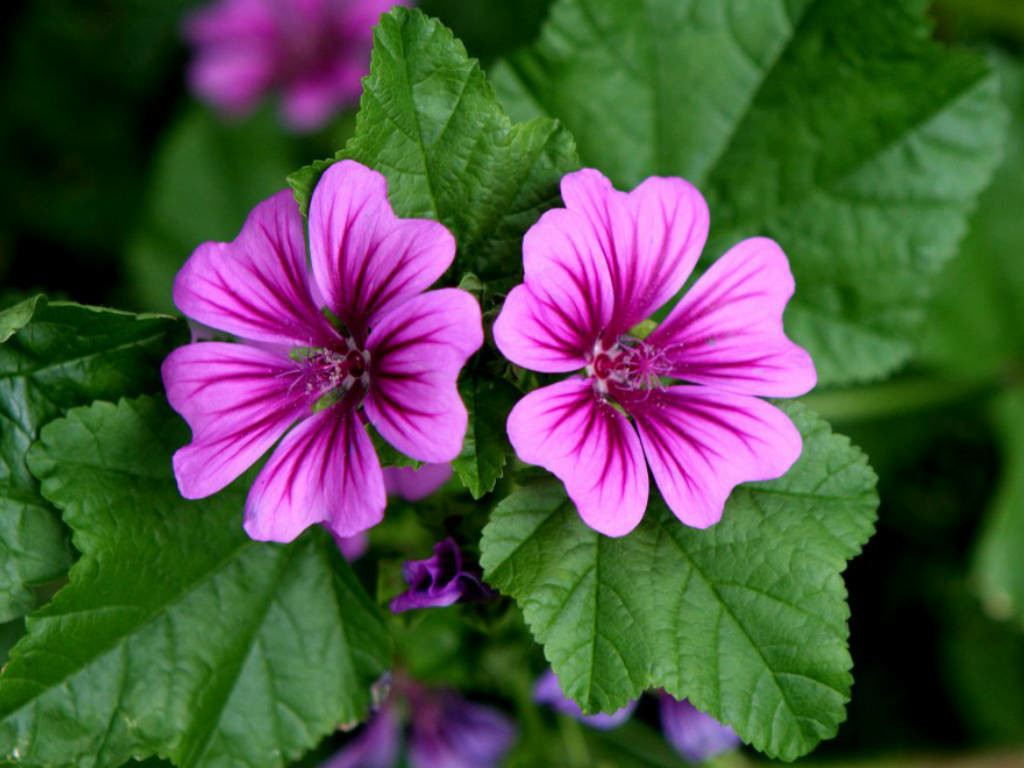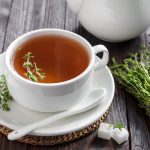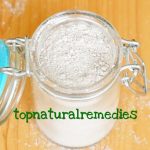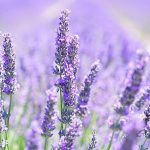Laryngitis and Its Natural Cure with Mullein and Mallow
Laryngitis is the inflammation of the larynx, caused, in its acute form, mostly by a viral infection, and in its chronic form, mostly by smoking (firsthand or secondhand), prolonged alcohol use, or certain medical conditions such as gastroesophagial reflux disease. As with the majority of health problems, the best way to get rid of laryngitis is to eliminate the cause, but since this is not always an option, we have to be prepared to take care of the symptoms as well as we can. And that’s where the following herbs will come in handy, as they have been confirmed to be useful not only by traditional use, but also by a number of scientific studies.

Mallow
Contents
Laryngitis – causes
Acute laryngitis can be caused by:
- Viral infection
- Voice overuse (talking, singing, shouting)
Chronic laryngitis can be caused by:
- Smoking (firsthand or secondhand)
- Constant exposure to polluted air
- Voice overuse (talking, singing, shouting)
- Chronic cough
- Prolonged alcohol use
- Gastroesophageal reflux disease (in which case it is known as reflux laryngitis)
Laryngitis – symptoms
- Hoarseness
- Loss of voice
- Sore throat
- Dry cough
- A feeling of fullness in the throat or neck
- Pain with swallowing
- Shortness of breath
- Fever (if it is caused by a viral infection)
What can you do?
- Rest your voice
- Avoid smoking, polluted environments, alcohol and high acidic foods
- Breathe humidified air (use a cool-mist humidifier or transform your bathroom into a temporary sauna: turn on the hot water in the shower until there is plenty of steam, then turn it off and spend 15-20 minutes there, breathing the warm moist air)
- Drink plenty of water
Laryngitis – natural treatment
Mullein (Verbascum sp.): Add 1.5-2 g of dried flowers in a cup of hot boiled water and let steep for 15 minutes. Drink 3 cups a day.
The therapeutic properties that make mullein the first choice when it comes to treating a disease such as laryngitis are due to its content of:
- Verbascoside: its anti-inflammatory properties were confirmed by a study published in Journal of Biological Regulators and Homeostatic Agents in 2009.
- Nigroside VI, forsythoside B and leucosceptoside B: their use for respiratory and inflammtory disorders was revealed in a study published in Phytotherapy Research in 2012.
- Aucubin and ilwensisaponin A: their antinociceptive and anti-inflammatory activities were demonstrated in a study published in Journal of Ethnopharmacology in 2007.
- Luteolin 7-O-glucoside and luteolin 3′-O-glucoside: their antinociceptive activity was demonstrated in a study published in Zeitschrift für Naturforschung in 2008.
Mallow (Malva sp.): Add 5 g of dried plant in 1 l of water and boil for 5 minutes. Drink 1-3 cups a day.
The anti-inflammatory and antinociceptive properties of mallow are due to its content of caffeic acid, ferulic acid, and scopoletin, as was demonstrated, among others, by a study published in Biomedical chromatography in 2014.



